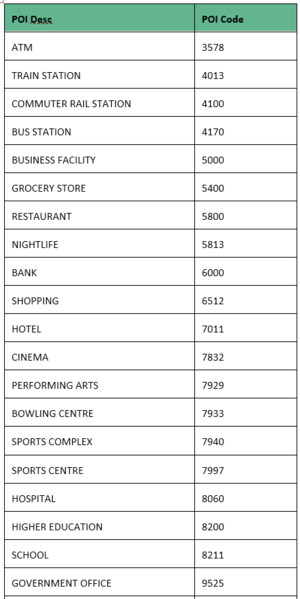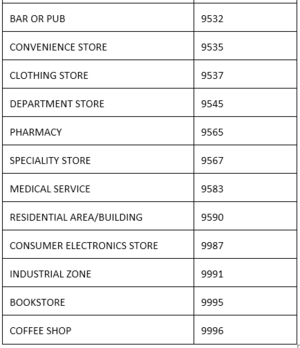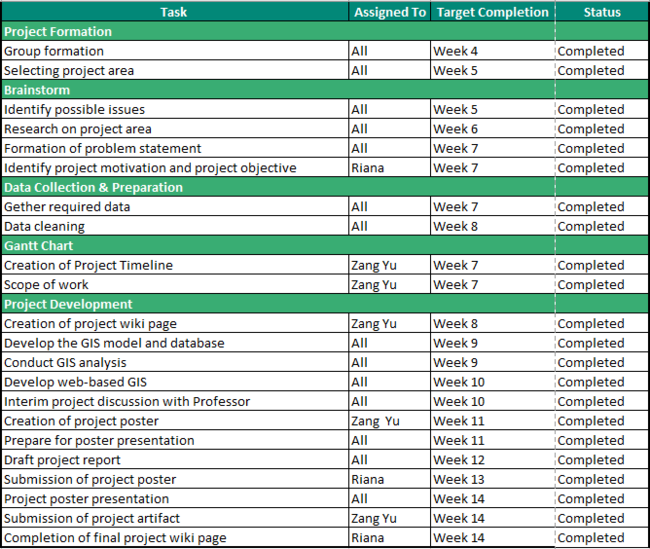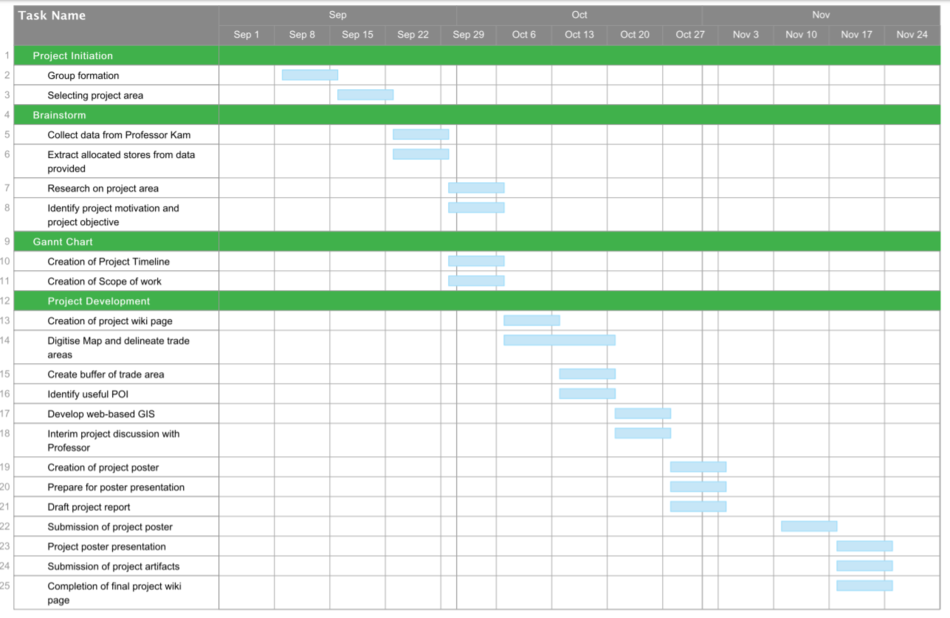G1-Group13
|
Our client is an international food and beverage franchise that is founded in the 1950s. Currently, they have more than 16,000 stores worldwide. Their vision is to be the favourite casual dining place for families and friends to gather for great food and time together. They aim to provide an affordable and memorable service that customers will go back to. |
|
Food and Beverage (F&B) industry in Taiwan has a growth rate of 4.7 percent per year in the past 7 years (Liao & Kao, 2018). This shows that the F&B industry in Taiwan is highly competitive and there is a high interest in the F&B industry from the population. Our client also has a footprint in Taiwan, with approximately 240 stores across the country. Out of the total number, our group has been allocated 13 of the stores for our project. Our allocated stores’ locations are mainly located in eastern Taipei city with one shop located in New Taipei City. |
|
Our clients are currently using a PowerPoint to delineate each of the trade areas for their stores. Due to that, some of the trade areas are not covered by any of the stores. Also, there are overlapping trade areas in between stores. Therefore, our project aims to delineate each of the trade areas. Followed by removing the gaps and overlapping of the trade areas. Due to the locations of different stores, the performance of the stores also differs from each other. We would like to find out the relation of performance with the locations of the stores. This will allow each store to optimize its performance and identify the best location for a future store. Besides looking at performance, we also would like to dive into the different characteristics of different stores. By looking at the different points of interest (POI) around the stores, our project aims to provide meaningful insights for our clients to adopt in their marketing strategies. |
|
Our project aim is being split into five parts, the first part is to compare the population density of each store to identify whether there is any relation between the population density and the sales volume. Secondly, by comparing the sales volume of each store, we would like to identify which area is more popular in terms of profitability. Next, from the results, we would like to introduce a new marketing strategy for both delivery and walk-in customer to our client, based on the analysis we have done, to attract more potential customers for our client. Lastly, we analysed the number and distance of competitors within the store radius to identify the sales volume of the competitor to have a better understanding of our competitor.
|
| Data File Name | Data Format | Purpose |
|---|---|---|
| Taiwan_stores | GeoPackage | Contain all outlets in Taiwan. We used this file to extract 13 stores allocated to our team |
| County MOI | Shapefile | Contain boundary of counties in Taiwan |
| Town MOI | Shapefile | Contain boundary of town in |
| Village MOI | Shapefile | Contain boundary of villages in Taiwan |
| Village MOI | Shapefile | Contain boundary of villages in Taiwan |
| Location map | PowerPoint | Contain the stores' trade area used to digitize the map |
| V7AM181F0WV7000AACV0 | ZipFile | Contain POI’s Shapefiles |
| Store_sales_data | Comma Separated Files | Contain sales of client’s stores |
Due to duplication in the data provided, we have kept the Chinese version of the data and removed the duplication using the QGIS filter function. For our analysis, we filtered the street shapefile with the following formula: "PUB_ACCESS" = ‘Y’ AND "PRIVATE" = ’N’



